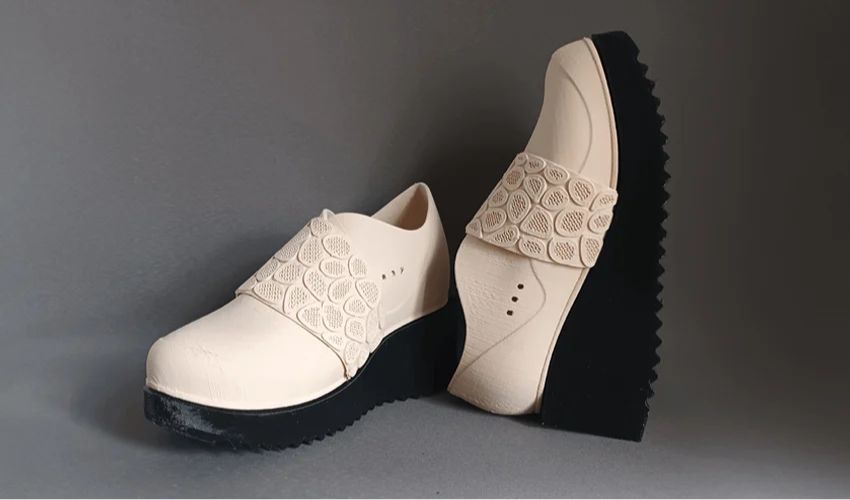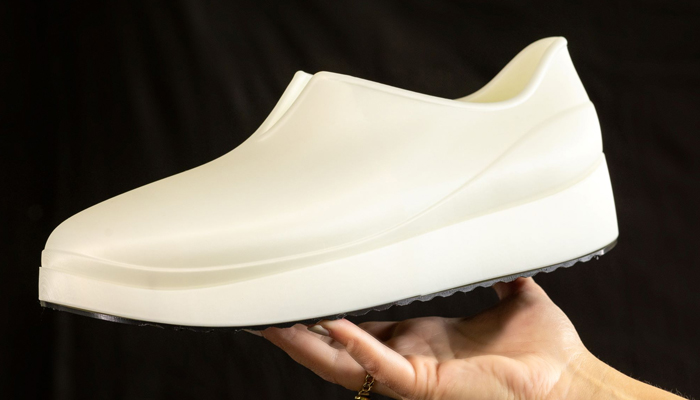Parametric Design and 3D Printing Optimize Orthopedic Footwear

Additive manufacturing finds its place in a multitude of applications, both in the world of footwear and in the medical field. In this context, orthopedic shoes are usually associated with unattractive designs, which has led many patients to ignore medical recommendations for their use. However, thanks to advances in new technologies, particularly in parametric design and 3D printing, this perception is beginning to change, and orthopedic shoes can now be both functional and aesthetically pleasing.
One of the main drivers of this innovation is Daniel Petcu, a footwear engineer, who has developed an innovative design method called Pedorthic Information Modeling (PIM). The system uses parametric design principles and Rhino 3D modeling software to create customized orthopedic shoes, tailored to the specific needs of each user. Thus, Petcu’s approach is based on the use of digital models to manufacture customized footwear, which offers advantages in terms of comfort, functionality and, above all, aesthetics.

Orthopedic footwear model created by 3D printing and parametric design.
3D Printing to Create Orthopedic Footwear
The process begins with the creation of a digital model of the shoe, which is adjusted according to the anatomy of the user’s foot, as well as the required structure and stiffness. Thanks to a specific code, the design can be adapted to different podiatric pathologies, such as diabetic foot or fallen arch syndrome in children. An important aspect of this design is the “stiffness gradient,” which allows the flexibility of the shoe to be modified throughout the product, according to the patient’s needs. The use of 3D printing played an essential role in the manufacture of customized orthopedic footwear.
By using flexible materials such as TPU, the engineer succeeded in creating durable, biocompatible and comfortable footwear. In addition, additive manufacturing allows for precision unattainable with traditional production methods, ensuring that the shoe maintains the necessary rigidity in the right areas without affecting its comfort or functionality. Unlike conventional footwear, these can be customized in terms of fit, as well as colors and textures, offering a more attractive option.
The success of the PIM project has been recognized at various industry events, where Petcu has shown the potential of the technology. As such, more and more experts are recognizing the advantages of 3D printing in improving the comfort and aesthetics of orthopedic footwear. The engineer continues to develop his technology, with plans to expand his work to include patients with Charcot-Marie-Tooth disease, a nerve condition that causes foot deformities.
What do you think of the use of 3D printing in the development of orthopedic footwear? Let us know in a comment below or on our LinkedIn, Facebook, and Twitter pages! Don’t forget to sign up for our free weekly Newsletter here, the latest 3D printing news straight to your inbox! You can also find all our videos on our YouTube channel.
*All Photo Credits: Daniel Petcu







Since only one (1) of my legs is shorter then the other by about a 1/2 inch, what I would much prefer is the creation of an elevated outsole that both matches and attaches to my existing shoe(s).